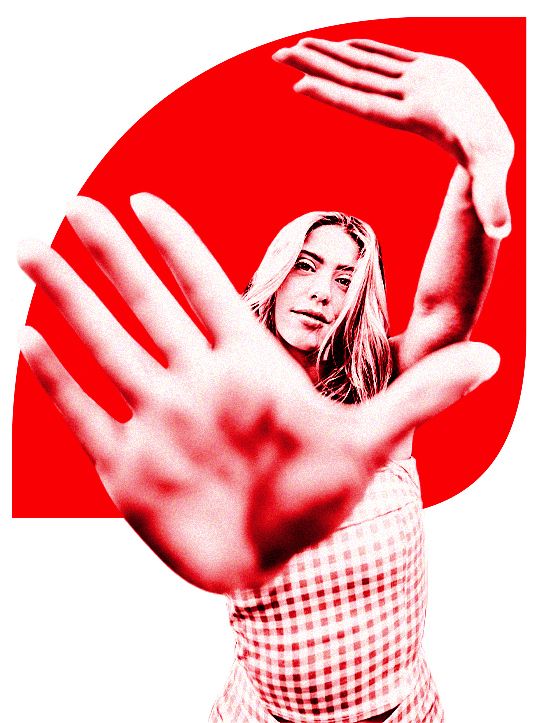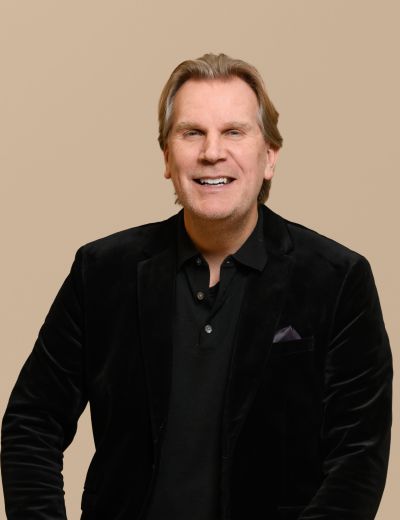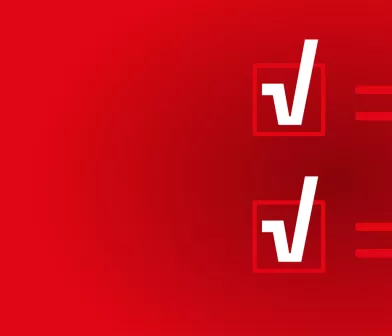Who are you developing a product or service for? Which type of individual aligns with the values of your brand? How do you choose your target audience and get to know them better? These are questions that we can answer for you based on experience and using a few handy tools. Today, we highlight the Mentality model from the values and lifestyle research agency, Motivaction.
The Mentality-model: why?
Nowadays, the influence of social and especially demographic characteristics on human behavior has diminished. If you want to successfully segment the target audience for your brand, you need to think deeper than just listing characteristics such as someone's place of residence, age, or background. It is important to gain more insight into the motivations and values of the target audience. Ultimately, it's about better understanding their way of life.
Eight milieus based on attitudes
Based on an extensive database, Motivaction has developed its own data bank. Using the data of over 23,000 individuals, they have categorized them into eight Milieus. The model divides individuals into one of these eight lifestyle environments. Each milieu is defined based on personal beliefs and values associated with different lifestyles. Individuals belonging to the same milieu often exhibit similar ambitions and behaviors. They also share values and motivations with each other. In this blog post, we will delve into each milieu individually.
Curious about which Mentality milieu your target audience fits into? Take the test here and find out!







